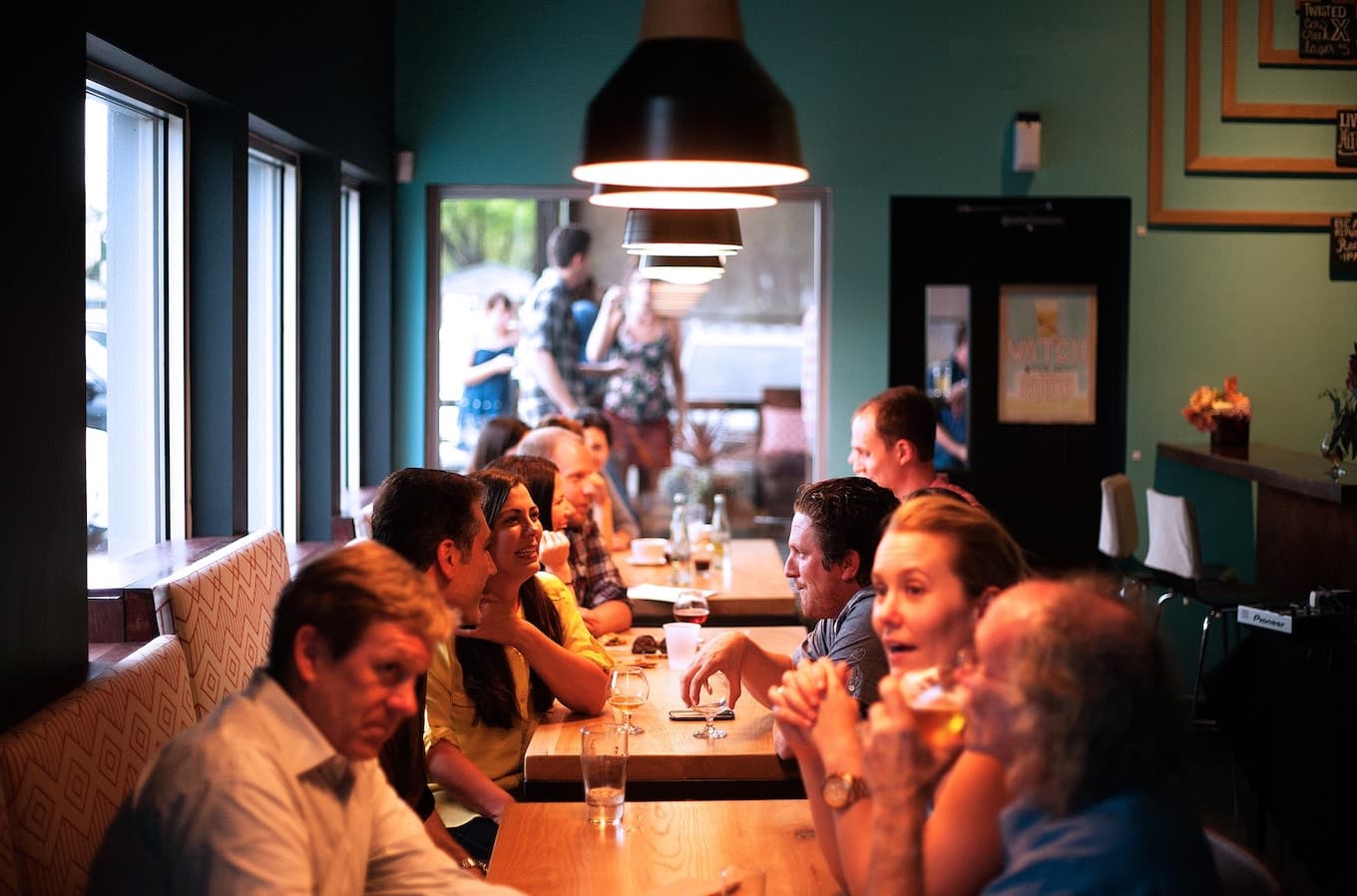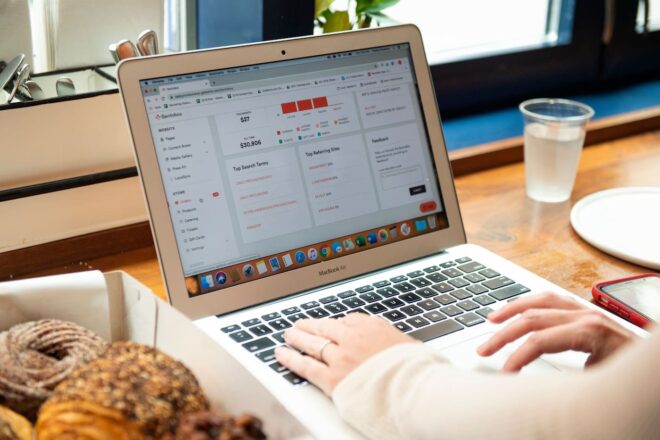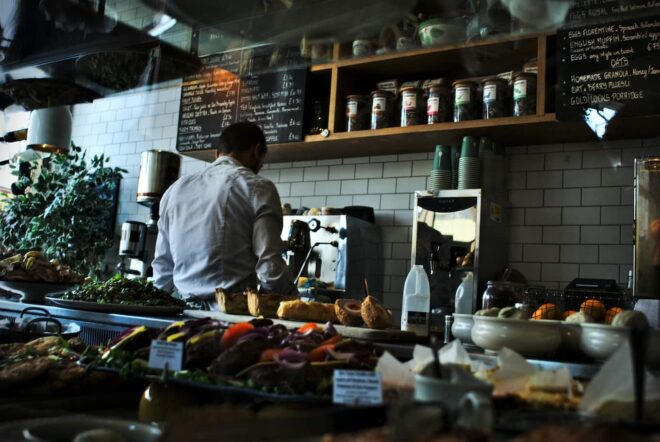Walk-ins or reservations—what’s the right mix for your restaurant?
Editorial Team
5 min read
It’s one of the trickiest questions in the restaurant business: should you take reservations? Your answer can dramatically change the experience customers have and the impression people form of your business. A reservation-only approach can create an air of exclusivity—as long as you’re booking up fast. A no-reservations policy may make for a more casual atmosphere—but if the wait is too long, you risk turning people away.
Pros and cons of reservations
Reservations can help restaurants plan ahead for purchasing and staffing. Particularly for a restaurant with higher price points, they can be essential to ensuring a profitable business. Customers are also more likely to expect to need to make a reservation in advance for a more expensive establishment.
“When you are in that $200 check average, you want all tables accounted for; it’s too costly to wait and see,” says Kate Edwards, a restaurant consultant who also previously hosted at exclusive New York restaurants Balthazar and Per Se.
“It used to be that people planned ahead, but now they just go on their app and look up what tables are available that night. If you don’t have inventory out there, then you can’t meet that demand,” says Bill Chait, the restaurateur behind LA’s Tesse.
You never want someone with a reservation to have to wait, so if you do fill most of your tables with reservations, be sure you don’t overbook. Even restaurants that are “reservation-only” may hold back a couple of tables for locals or friends, or to ensure they can work around a table that stays much longer than the average. On the other hand, given that as many as 10 to 20 percent of reservations may end up as no-shows, some restaurants will simply give those tables away to lucky walk-ins.
Some restaurants charge fees for no-shows, but this practice remains controversial. Many diners and restaurant owners argue that it starts the relationship with the guest off on the wrong foot. But some see it as a necessary evil.
Pros and cons of walk-ins
A no-reservations policy tends to be associated with a more casual dining experience. Depending on the atmosphere you’re trying to create, this can be a huge plus.
“By not taking reservations, there is a certain lack of pretension. It is saying that we just want people to eat something delicious. And that people aren’t there for the scene—or anything else but the food,” says Momofuku’s David Chang.
“When you don’t take reservations, people have to wait for a table; they go to the bar and hang out. As every restaurateur knows, you make much more money selling a drink than you do selling a plate of food,” says the Spotted Pig’s Ken Friedman.
Of course, if you don’t take reservations, you need to plan for what customers will do while they wait—will there be a line out the door? Will customers wait in the bar? How can you make the wait time a part of the enjoyable dining experience, or at least minimize the unpleasant aspects of waiting?
“If people are denied admission again and again, they just stop coming,” says Frank Christopher, an owner of New York’s Smoke Jazz and Supper Club.
Technology can help. Wait-list management apps like Waitlist Me, Clavo Waitlist, and HostBuddy allow staff to add customers to wait lists and take care of texting them when their table is ready. Some even allow customers to join the wait list themselves online.
Finding a more flexible policy
Some restaurants may find a mix of reservations and walk-ins works best. Some will vary their policy depending on the season, day of the week, or time of day.
“We used to leave room for many more walk-ins at lunch, but now we are booking with reservations and keeping a lower count for walk-ins because our clientele is corporate and wants to be in and out fast for lunch,” says Marianne Eriksen, general manager at Agern in Grand Central Station, New York City.
“It’s too cold in winter, people want to know they have a reservation,” says Akhtar Nawab, chef and owner of Alta Calidad in Brooklyn, New York.
Ultimately, finding the best mix of reservations and walk-ins is all about knowing your customer—how long are they willing to wait? Are they planners or impulse-diners? How much foot traffic do you get, and how much does that vary day to day? Older crowds may prefer to make a reservation in advance; young parents may balk at a long wait; an after-work or coupled-up crowd may be happy to spend an hour at the bar before dinner.
If you decide to go with a mix of reservations and walk-ins, an app like SeatOn can help by allowing customers to make reservations or join the waitlist online. But whatever you decide, the key is to make every customer feel welcomed from the first moment they interact with you, whether that’s online, on the phone, or at the door.
Related Posts
5 ways an optimized website can supercharge restaurant sales
COVID-19 Restaurant Survival Guide
Popular Topics
Stay In Touch
Sign up and learn more about Clover.
Thank you for your subscription!
Recent Stories
- Jewelry store supplies and equipment needed for opening day
- How small businesses can use employee discounts to retain staff
- Tips and tricks for opening an outdoor pop-up restaurant
Please share your contact information
to access our premium content.
Thank you for sharing your contact information.
Download Now





